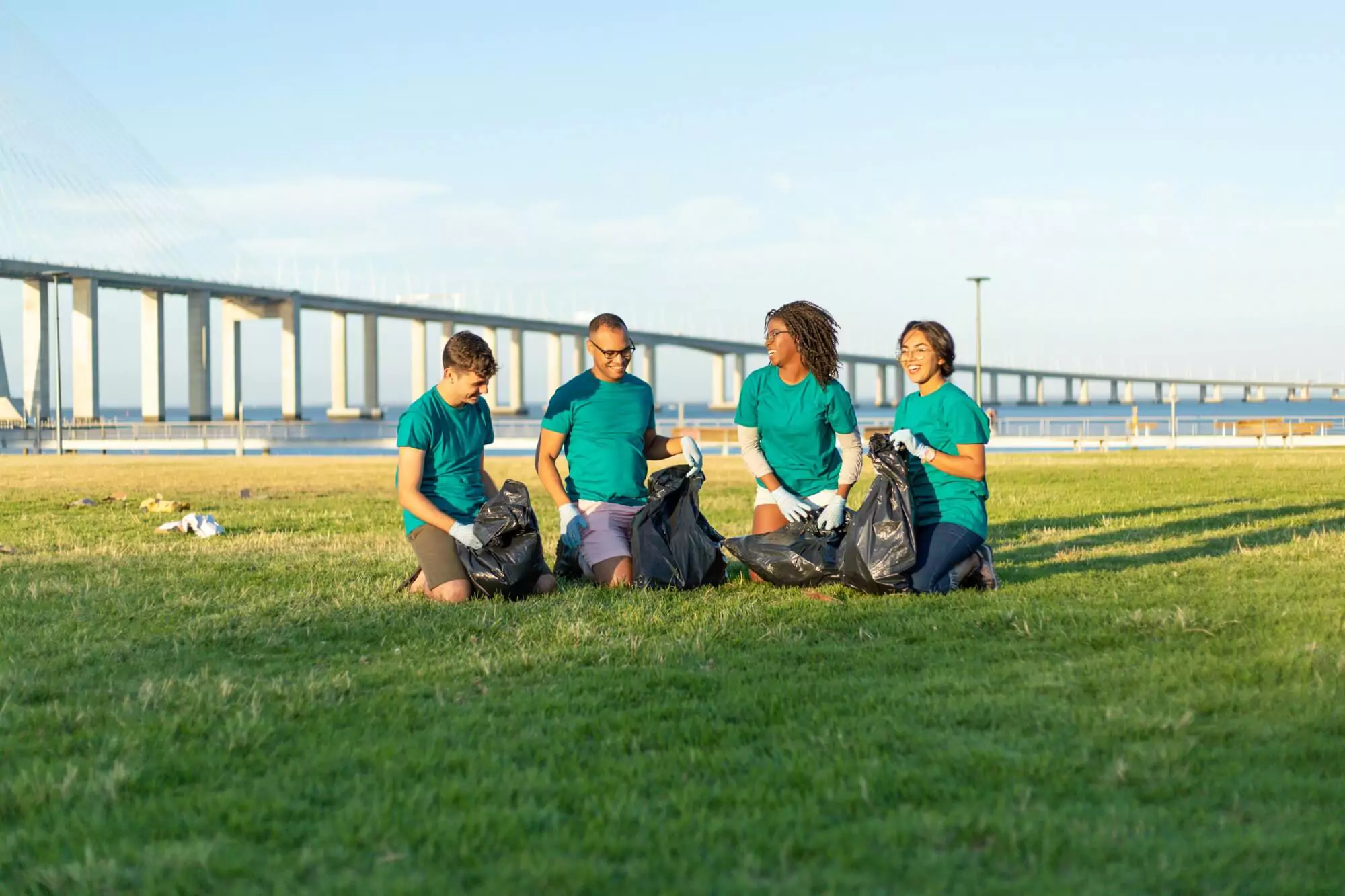Introduction
Greenfield School, located in the heart of a bustling urban area, embarked on a transformative journey towards sustainability in 2018. Facing the dual challenges of outdated infrastructure and increasing environmental concerns, the school set out to integrate sustainable practices across its campus and curriculum. This case study explores Greenfield School’s approach to sustainability, the strategies they implemented, and the impact these initiatives had on the school community.
Background
Greenfield School, founded in the 1980s, had traditionally focused on academic excellence but had not yet prioritized environmental sustainability. By 2018, the school administration recognized the need to modernize its facilities and align with global sustainability goals. With a growing awareness of climate change and resource conservation, the school sought to embed sustainability into its operations and educational programs.
Objectives
- Reduce the School’s Environmental Footprint: Lower energy consumption, reduce waste, and conserve water.
- Incorporate Sustainability into the Curriculum: Educate students about environmental issues and sustainable practices.
- Foster a Culture of Environmental Responsibility: Engage students, staff, and the community in sustainability initiatives.
Strategies and Implementation
- Infrastructure Improvements
Energy Efficiency: Greenfield School undertook a major renovation to enhance energy efficiency. The project included installing LED lighting throughout the campus, upgrading the HVAC system with energy-efficient units, and adding a solar panel array to the roof. These changes aimed to reduce the school’s reliance on non-renewable energy sources and cut operational costs.
Water Conservation: The school introduced several water-saving measures, including low-flow faucets and toilets, rainwater harvesting systems for irrigation, and drought-resistant landscaping. These initiatives helped reduce water consumption and minimize the school’s environmental impact.
Waste Reduction: Greenfield implemented a comprehensive recycling program, introduced composting for food waste, and eliminated single-use plastics within the school. Educational posters and student-led waste audits further encouraged waste reduction and recycling practices.
- Curriculum Integration
Environmental Education: The school integrated environmental education into various subjects, including science, social studies, and art. Students explored topics such as climate change, renewable energy, and conservation through project-based learning and interdisciplinary activities.
School Garden: Greenfield established an on-campus garden as part of its science curriculum. Students were involved in planting, maintaining, and harvesting crops, learning about sustainable agriculture, and the importance of local food systems.
Outdoor Learning: The school organized field trips to local environmental centers and natural reserves, providing students with hands-on experiences and a deeper connection to nature. These trips were complemented by classroom activities and discussions on environmental stewardship.
- Community Engagement
Student Involvement: A student-led Green Team was formed to drive sustainability initiatives and raise awareness within the school. The team organized campaigns, events, and workshops, encouraging fellow students to adopt sustainable practices and participate in environmental projects.
Staff Training: Teachers and staff received training on integrating sustainability into their lessons and implementing green practices in their daily routines. Professional development workshops focused on environmental education and sustainable classroom management.
Parent and Community Outreach: Greenfield engaged parents and the local community through workshops, newsletters, and volunteer opportunities. The school partnered with local businesses and environmental organizations to support sustainability initiatives and provide resources for ongoing projects.
Impact and Results
Environmental Benefits:
- Energy Savings: The school reported a 30% reduction in energy consumption within the first year of implementing energy-efficient upgrades. The solar panel system generated renewable energy, further reducing the school’s carbon footprint.
- Water Savings: Water conservation measures led to a 25% decrease in water usage, contributing to significant cost savings and reducing the strain on local water resources.
- Waste Reduction: The recycling and composting programs resulted in a 40% reduction in landfill waste, promoting a circular economy and enhancing resource efficiency.
Educational Outcomes:
- Enhanced Learning: The integration of sustainability into the curriculum provided students with real-world applications of environmental concepts, fostering a deeper understanding and engagement with the subject matter.
- Skill Development: Students developed critical thinking, problem-solving, and project management skills through hands-on activities and collaborative projects related to sustainability.
Community Engagement:
- Increased Awareness: The school’s sustainability initiatives raised awareness about environmental issues among students, parents, and the local community, fostering a culture of environmental responsibility.
- Community Partnerships: Collaborations with local organizations and businesses provided additional resources and support for the school’s sustainability efforts, strengthening community ties.
Challenges and Lessons Learned
Financial Constraints: Securing funding for infrastructure upgrades and sustainability projects was a challenge. The school addressed this by applying for grants, seeking donations, and partnering with local businesses.
Resistance to Change: Some members of the school community were initially resistant to the changes. The school overcame this by emphasizing the benefits of sustainability, involving stakeholders in the decision-making process, and demonstrating the positive impact of the initiatives.
Ongoing Maintenance: Maintaining the new systems and practices required ongoing effort and resources. The school established a maintenance plan and allocated budget for regular upkeep to ensure the continued success of the sustainability initiatives.
Conclusion
Greenfield School’s commitment to integrating sustainable practices into its operations and curriculum has resulted in significant environmental, educational, and community benefits. By focusing on energy efficiency, water conservation, waste reduction, and curriculum integration, the school has created a model for other institutions seeking to embrace sustainability. The success of Greenfield School demonstrates that with careful planning, community engagement, and a commitment to continuous improvement, schools can effectively contribute to environmental stewardship while enriching the educational experience for students.



